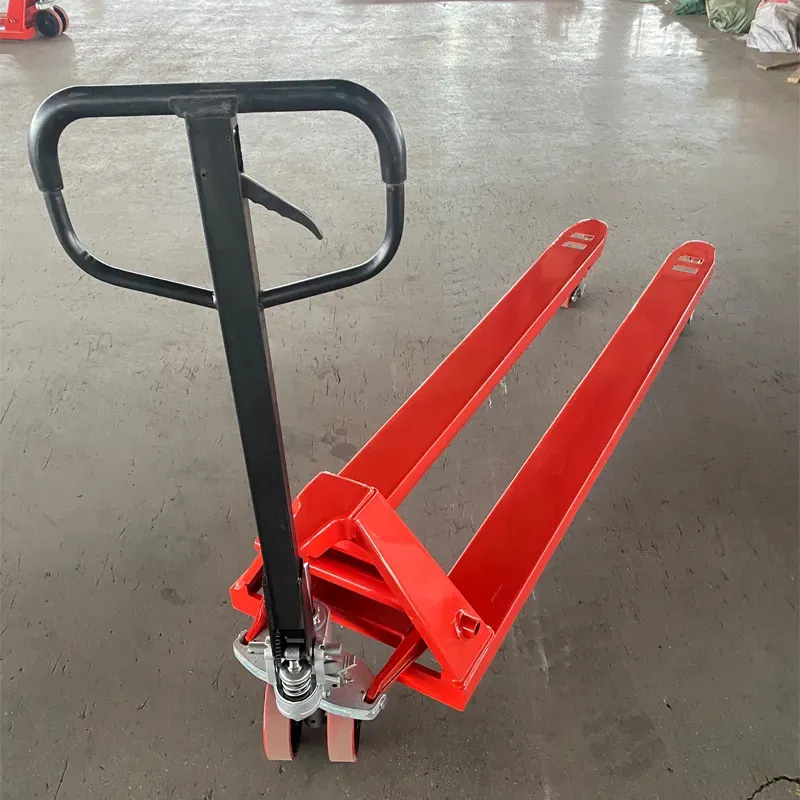


Exploring Chain Block Design A Comprehensive Overview
Chain block design is a crucial aspect of mechanical engineering and material handling. It revolves around the use of chain blocks, which are mechanical devices used for lifting and lowering heavy loads. This design combines both engineering principles and practical applications, making it vital in various industries such as construction, manufacturing, and logistics.
Understanding Chain Blocks
Chain blocks, also known as chain hoists, are often characterized by their robust construction and efficiency in lifting capabilities. The fundamental components include a chain, a lifting mechanism, a pulley system, and a hook. The design focuses on ease of use, safety, and durability, allowing operators to lift heavy items with minimal effort.
1. Components of Chain Block Design - Chain The backbone of a chain block, it transmits the force applied by the user to the load being lifted. The design of the chain is crucial; it must withstand significant stress and strain. High-quality materials are selected often with galvanization or other treatments to prevent corrosion. - Lifting Mechanism This can be manual or powered. Manual chain blocks require physical effort, often using a hand chain, while powered variants utilize electric motors. - Pulley System Pulleys are strategically placed to minimize friction and enhance lifting efficiency. Proper pulley alignment is critical for ensuring smooth operation. - Hooks The design of the hook is significant for security. Features such as safety latches prevent accidental release of the load.
Design Considerations
When developing a chain block, several factors must be taken into account
1. Load Capacity It is essential to determine the maximum weight the chain block will handle. Engineers must ensure that all components can safely bear this weight without failure. 2. Ergonomics For manual chain blocks, the design should also consider the user’s ergonomics. The placement of handles and the weight of the device should facilitate easy operation.
3. Safety Features Safety mechanisms such as overload protection, automatic brakes, and emergency stops are vital to prevent accidents. The design must comply with local safety regulations and standards.

4. Portability Depending on the intended use, some chain blocks may need to be lightweight and portable. This necessitates considerations in material selection and structural design without compromising on strength.
Applications
Chain blocks find their application in numerous sectors
- Construction In a construction environment, chain blocks are essential for hoisting materials such as beams and concrete blocks to elevated areas, contributing significantly to operational efficiency.
- Manufacturing In manufacturing settings, these devices are employed to move heavy machinery or equipment during assembly processes.
- Logistics Loading and unloading heavy goods in warehouses often requires the use of chain blocks to streamline operations and ensure worker safety.
Conclusion
Chain block design is a sophisticated interplay of engineering, safety standards, and practical application. As industries continue to evolve, the design of chain blocks will likely incorporate advancements in materials and technology, such as the use of synthetic ropes or smart systems for enhanced control and monitoring.
The development of more efficient and safer chain blocks can ultimately lead to improved productivity and enhanced safety across various sectors. By appreciating the intricacies of chain block design, businesses can leverage these tools to optimize their operations and elevate their performance in material handling tasks.



